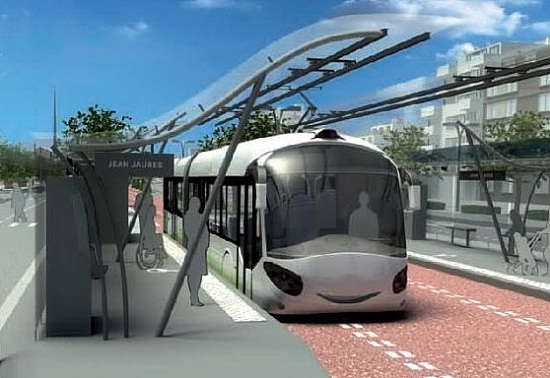Urban bus services in developing countries and countries in transition: A framework for regulatory and institutional developments
Urban passenger transport has experienced major change in many developing countries in Africa, Asia, and the Middle East, as well as in countries of political and/or economic transition in the Commonwealth of Independent States (CIS) and China. Such changes have included planned market opening to private operators and new entrants; unplanned market opening by the entry of unlicensed operators; privatization and other changes to the ownership base of large public-sector transport companies; emergence of large-scale minibus and paratransit; and national and urban policies and programs to upgrade the transport supply and quality.
This paper presents a framework to understand regulatory and institutional changes in urban bus services in Africa, Asia, the Middle East, the CIS, and China. The framework identifies three types of changes: (i) changes in the role of the regulator and market structure; (ii) changes in the structure of the operator and of private sector participation; and (iii) changes in the transport supply. The paper then identifies critical factors leading to change in the urban transport sector, factors that can be identified with successful outcomes, and issues associated with the development of the minibus, paratransit, and the informal sector that have played major roles in the urban transport sector of developing countries and countries in transition.
New Siemens Electric Bus Rapid Transit system

Source: Gather – Electric Vehicles
The Siemens Electric Bus Rapid Transit system – or e-BRT for short – allows vehicles to run on electricity without overhead contact lines and without rails. The vehicles are quiet and comfortable, as they run on tires and electric motors.
Vehicles are equipped with electricity storage units that combine super-capacitors, batteries and converters, carrying enough power to reach the next stop. At each stop, the e-BRT vehicle is recharged for about 20 seconds, i.e. less time than passengers usually need to get on and off the bus. Electricity generated when the vehicles brake or slow down is also stored in the storage units.
While light rail, trams and trolley buses come with specific infrastructure and have restricted paths, e-BRT vehicles can travel on standard roads, sharing them with other users.
The only special infrastructure needed are bus-stops doubling as charging stations. In Siemens’ e-BRT system, such stations contain intelligence to help steer the electric buses in position as they approach the stops. This ensures more precise contact with the charging system and easy access for the passengers at a low-floor level.
Such innovations can also enhance the safety of bus travel. Bus stops can be equipped with automatically-controlled lights and announcements, complemented by warning signs at the stations in case passengers are standing too close to arriving vehicles. Video cameras and sensors on buses can help detect people and other vehicles, especially at spots that are otherwise hard to see for drivers.
The Siemens brochure e-BRT®: The sustainable development solution for Bus Rapid Transit lines describes its system as the ideal transport solution for medium-traffic routes, at a price a third to a half that of a tram line.
Check the following video, which shows how the system works:
¿Comments? ¿Opinions? ¿Similar News? Send them to us!
Tweet







